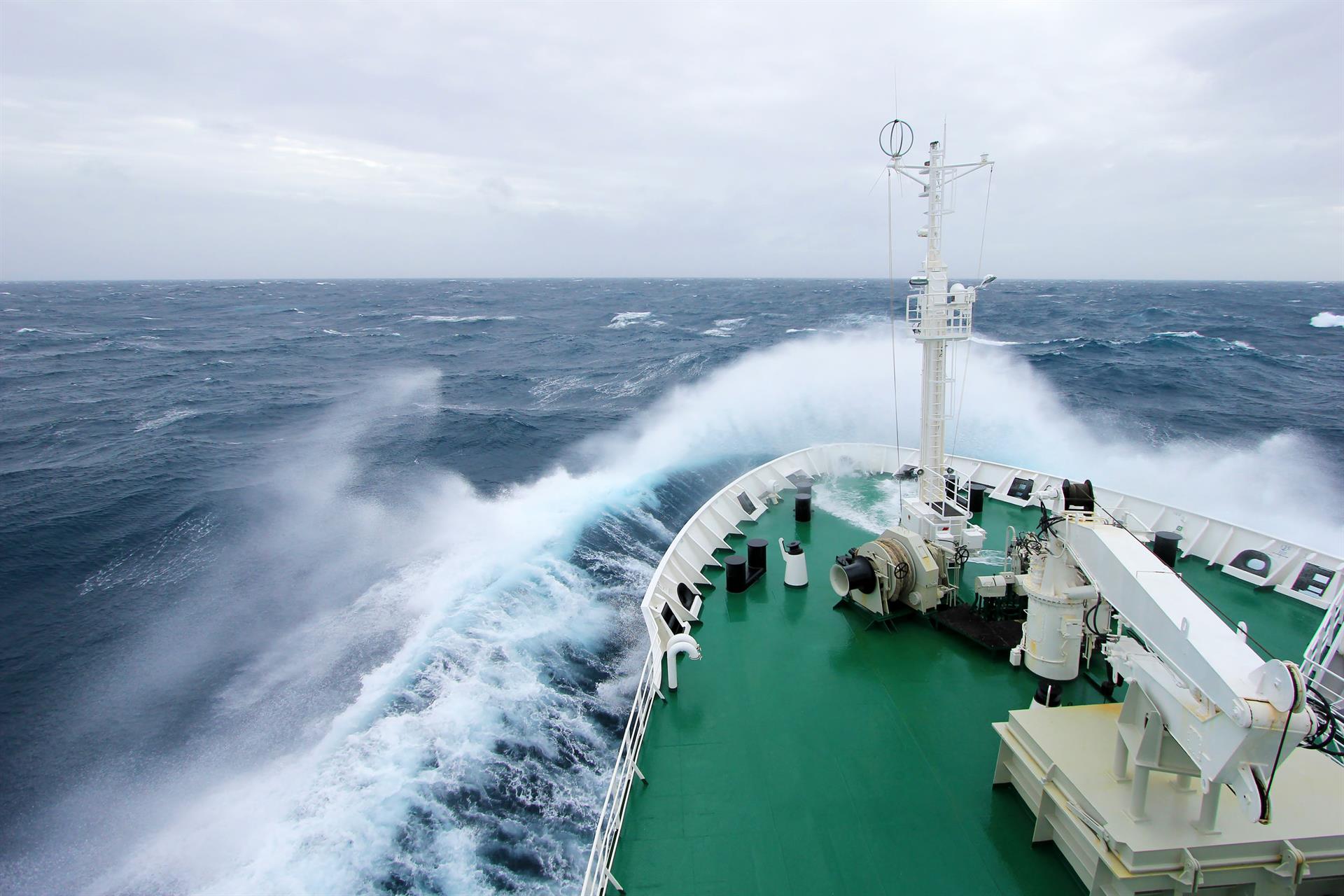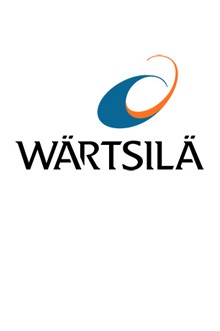

...It saves 15k USD (22 tons of fuel) on just one Atlantic voyage by just one vessel: we simply compare what Fleet Operations Solution tells us to do with the recommendations coming from weather routing provider.
- Lauritzen A/S representative

Routes built by Fleet Operations Solution (blue) and weather routing provider (brown)
The picture proves the quote by illustrating the difference between the route built by Navi-Planner (blue line) and another weather routing provider (brown line).
This is nothing but the already in place solution for the vessel performance optimisation, which had been long-awaited in the industry. In the tightening reality with growing competition and hampering regulations, one thing becomes the most obvious: the need for solutions that enhance efficiency and compliance is becoming more urgent by day. To address this call as a part of a bigger industry request, Wärtsilä has brought together an integrated portfolio of modular services, Wärtsilä Fleet Operations Solutions, which replies to the pressing needs of efficiency and compliance with built-in best-on-class cyber security.
Where does the help come from: Wärtsilä Fleet Operations Solutions
To address this call as a part of a bigger industry request, Wärtsilä has brought together an integrated portfolio of modular services, Wärtsilä Fleet Operations Solutions, which replies to the pressing needs of efficiency and compliance with built-in best-on-class cyber security.
Wärtsilä Fleet Operations Solution (FOS) is based on the foundation of a connected ECDIS. It puts fragmented services in shipping under one umbrella to lift synergies and to improve operational processes. This, in turn, leads to the cost-efficient performance–a rightful key to succeed.
A report by the Seafarers International Research Center found that part of the effective operation of a modern vessel is determined by the quality of the relationships between shore side personnel and sea staff and recommended companies take steps to address the gulf between ship and shore personnel in order to improve ship-shore relations.
The connected ECDIS solves this as well, providing with a completely new way of voyage and route planning, in addition to fleet performance management:
- Increased awareness on navigational hazards–transparency
- Lower operational cost
- Improvement of ship-shore communication
- Increased efficiency of shore-based processes (real-time ETA updates)
- Less tedious and error proof reporting
- Lower risk of regulatory and stakeholder claims
By using the connected ECDIS, vessels can have Google maps-like access to real-time charts and navigational data, enriched with additional information: weather, traffic, data, and alternative route suggestions. Therefore, the featured picture above suggests such considerable differences between the routes. The benefits of the connected ECDIS extend to fuel savings–from slow steaming and constant power to just-in-time arrival, better safety in ports, lower emissions and a powerful advantage for vessels in a competitive market.
J. Lauritzen A/S FOS Trial

Hedvig Bulker. Photo credit: J. Lauritzen
To bridge theory with reality, the latest FOS trial by J. Lauritzen A/S proves it to the point of impossibility to deny: saving “15k USD on just one Atlantic voyage by just one vessel” is crucial for any company operating in the field. The route built by Navi-Planner is considerably shorter (265 miles to be exact) than the one suggested by the weather routing provider. It can be equally expressed in 22 tons of fuel that were economised as a result of a shorter route. Using FOS, therefore, affects not only shipping companies budgeting, but also creates sustainable ecosystem that goes in line with stringent global regulatory limits set by the International Marine Organisation (IMO) 2020 regulation. Truly, Wärtsilä is leading the industry’s transformation towards the smart marine ecosystem, and the process is irreversible.
The second Wärtsilä FOS trial by J. Lauritzen A/S has been already initiated, and it reportedly looks promising, as we get the insights from the shipping company.
J. Lauritzen A/S is a shipping company with worldwide operations headquartered in Copenhagen, Denmark, counting more than 150 vessels including short-term charters. J. Lauritzen has served the maritime trade worldwide for more than 130 years and has been engaged in a wide range of segments of the shipping industry. J. Lauritzen business portfolio includes Lauritzen Bulkers (dry bulk cargoes) and Lauritzen Kosan (petrochemical and liquefied petroleum gases), both maintaining leading positions in the market. At year-end 2018 J. Lauritzen stated 404 million USD of invested capital and 565 million USD of revenue.



